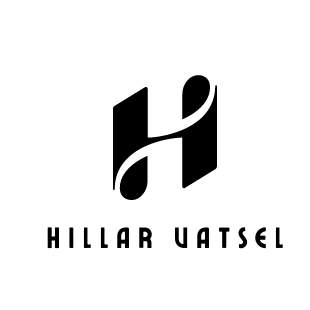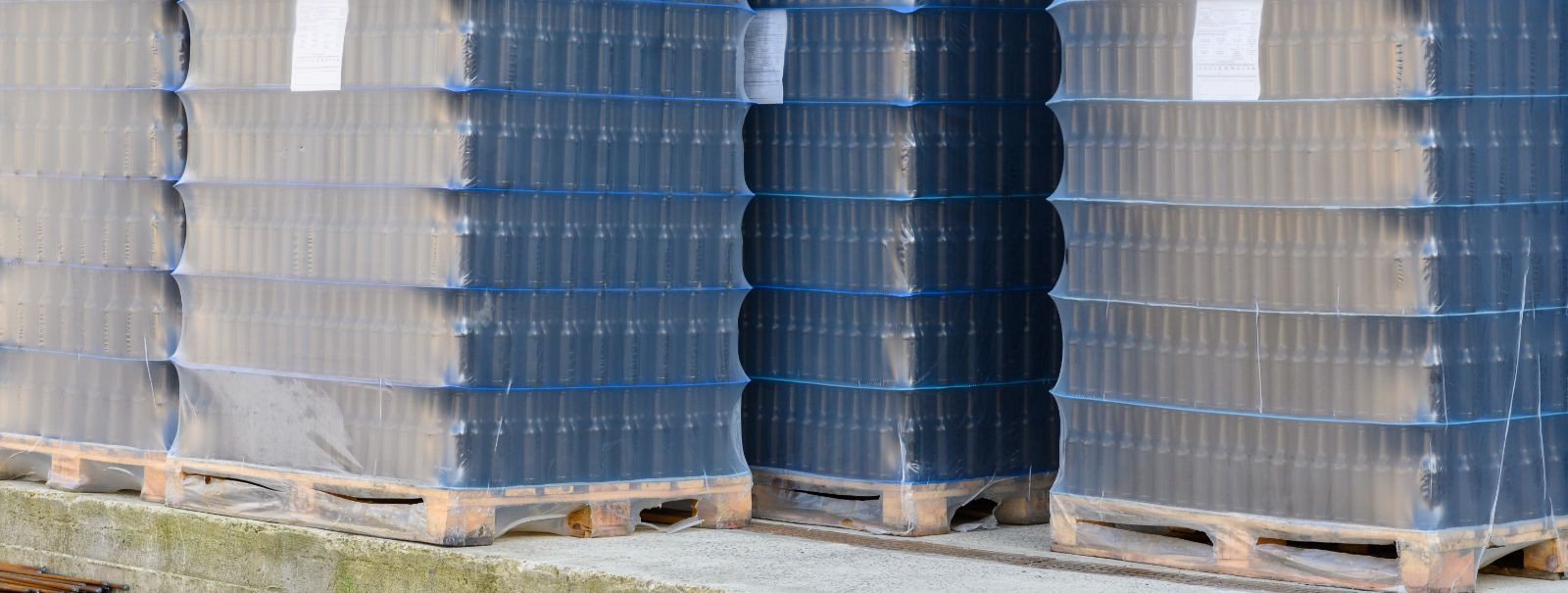5 tips for efficient packaging of your products
Efficient packaging is a critical component of the product distribution process, impacting everything from shipping costs to customer satisfaction and environmental footprint. For small to medium-sized businesses, particularly in manufacturing, retail, and e-commerce, mastering the art of packaging can be a game-changer. In this post, we'll explore five essential tips for packaging your products more efficiently.
Understanding the Importance of Efficient Packaging
Packaging serves as the first line of defense for your products during transit. It's essential to choose materials and designs that adequately protect against damage while also being cost-effective.
The unboxing experience can significantly influence customer perception of your brand. Efficient packaging that is easy to open, dispose of, or recycle can enhance customer satisfaction and encourage repeat business.
As consumers become more environmentally conscious, businesses must consider the sustainability of their packaging solutions. This not only helps the planet but also aligns with customer values and can improve brand image.
Tip 1: Choose the Right Packaging Material
Understanding the specific needs of your product is crucial. Fragile items require more protective materials, while durable goods might need less packaging. Conduct a thorough assessment to determine the best material for your product.
There are various packaging materials available, from cardboard and plastic to biodegradable options. Consider the life cycle of the packaging materials you choose and aim for those that offer a balance between protection and sustainability.
Tip 2: Optimize Packaging Design
Customized packaging can serve as a powerful branding tool. It's an opportunity to showcase your brand's logo, colors, and messaging, making your product stand out on the shelf or in the delivery box.
Design your packaging to be user-friendly. Consider features such as easy-open tabs or resealable closures that add convenience for the end-user and can reduce frustration, leading to a better product experience.
Tip 3: Streamline Packing Processes
Creating standardized packing procedures can significantly increase efficiency. Documented processes ensure consistency, reduce errors, and can speed up the packing operation.
Investing in automation can streamline your packaging process, reduce labor costs, and increase throughput. Even simple machines like automatic tape dispensers or conveyor belts can make a big difference.
Tip 4: Consider Packaging Size and Weight
Using packaging that fits your product snugly can reduce material costs and shipping expenses. It also minimizes the risk of product movement within the package, which can cause damage.
Heavier packages cost more to ship. By reducing the weight of your packaging without compromising protection, you can save on shipping costs and offer more competitive pricing to your customers.
Tip 5: Stay Updated with Packaging Trends and Innovations
Keep an eye on emerging packaging technologies that can improve efficiency or sustainability. Innovations like smart packaging can add value to your product and appeal to tech-savvy consumers.
Consumer preferences change over time, and so should your packaging. Stay informed about trends, such as minimalism or eco-friendly materials, and adjust your packaging strategy accordingly to meet market demands.






Comments (0)